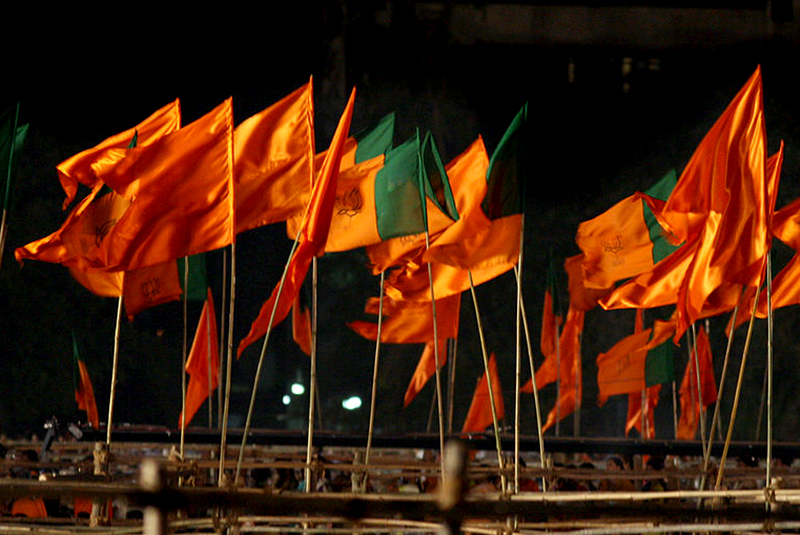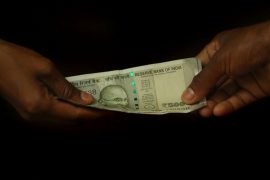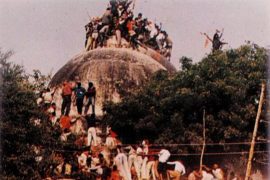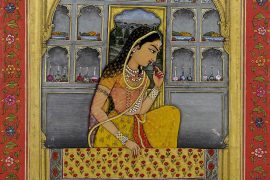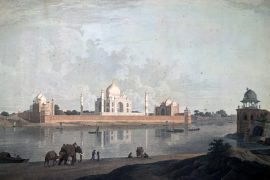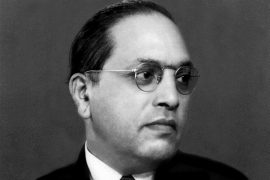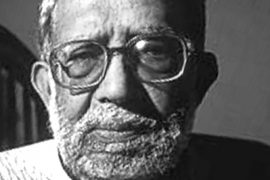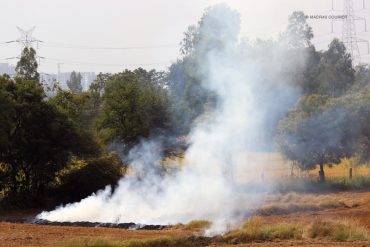Chennai, India.
For up to 14 hours a day, Nagaraj Nataraj, his wife and daughter hunch over sewing machines, churning out flags for the parties vying for votes in India’s upcoming general election. They are among tens of thousands of home workers toiling to meet soaring demand for party merchandise – from flags to t-shirts to caps – ahead of the biggest exercise in a democracy the world has ever seen.
Despite the urgency, it is far from lucrative work. The Nataraj family earn between one and 10 Indian rupees (less than 15 U.S. cents) for each flag they produce, forcing them to work from dawn to dusk to ensure a decent wage. Job creation has emerged as one of the biggest issues in India’s staggered general election, which starts on April 11, with votes counted on May 23. But labour rights advocates say political parties are building their campaigns on the back of cheap casual labour – the very thing that many claim to be fighting.
“These orders don’t go to big factories, because the prices would go up,” said Nataraj by phone from Tirupur, a garment-manufacturing hub in southern Tamil Nadu state…They give it to us instead and pay us lower wages. We agree because we don’t have options.”
-30-
Copyright©Madras Courier, All Rights Reserved. You may share using our article tools. Please don't cut articles from madrascourier.com and redistribute by email, post to the web, mobile phone or social media.Please send in your feed back and comments to editor@madrascourier.com

